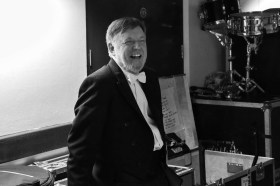There’s no consensus on what an emerging creative practice is. The Vogel Literary Award, established in 1980, is famously for authors under 35. The Museum of Contemporary Art’s annual Primavera art exhibition, founded in 1992, also stipulates 35. That link between emerging practice and youth is strong, although it is slowly changing.
‘It’s a tricky one,’ said Ruby-Rose Pivet-Marsh, the artistic director of the Emerging Writers’ Festival. People often assume the festival is just for young writers, she said, but that’s not the case. ‘We do try to program older emerging writers as well. We’re quite conscious of that.’





